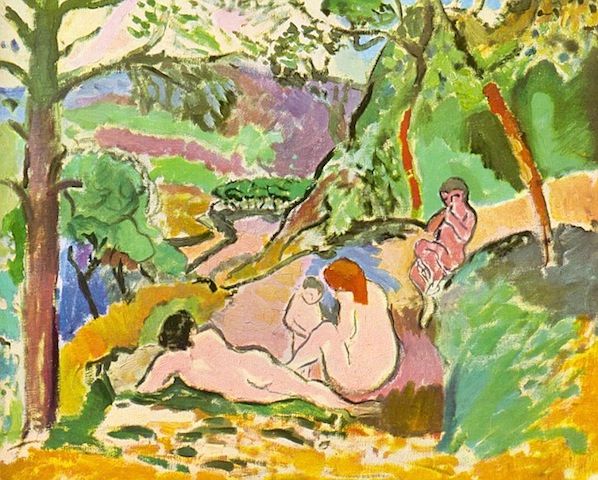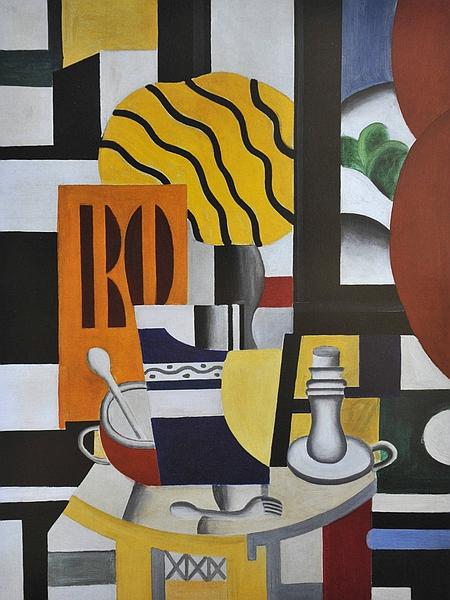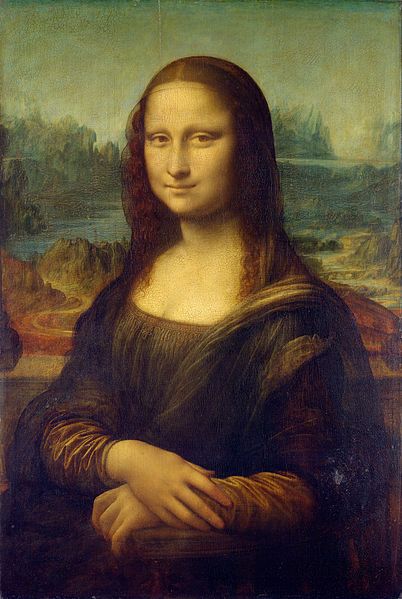After-Hours Tour of the Fraunces Tavern Museum: "Path to Liberty"
Explore a new exhibit inside the oldest building in Manhattan, a witness to history throughout the Revolutionary War Era!


Thanks to the abundance of valuable art in France, French museums are among the most vulnerable targets of art theft in the world. Over the past 15 years, an average of 35 museum heists have occurred in France per year[i]. It may be easy to burgle famous works of art, as the large number of annual thefts suggests, but it certainly isn’t easy to sell them; valuable artworks are, by nature, highly recognizable. Experts believe that art thieves operate in a loose network of criminal gangs, who use the stolen art as collateral in the underground drug trade[ii].
Untapped Cities brings you a roundup of the four biggest museum art heists in the history of Paris:
1. Museum of Modern Art. On the night of May 20, 2010, a burglar dressed in black broke into the Museum of Modern Art in Paris. The alarm system was already broken, so all he had to do was break a window, snip a hole in the metal gridlock, and shimmy his way inside. Early the next morning, museum officials were dismayed to find that five paintings—worth a total of $127 million—had disappeared (see pictures below). The stolen works, including paintings by Picasso, Matisse and Modigliani, have yet to be recovered.


2. Picasso Museum. In June 2009, a red sketchbook filled with 33 drawings by Pablo Picasso disappeared from a locked glass case inside the Picasso Museum in Paris. The museum was under renovation at the time; aside from the empty glass case, there was no sign of a break-in and no alarms went off. The sketchbook, worth $12.5 million, is still missing. Picasso tops the list of the most stolen artists in history; according to the Art Loss Register, 1,147 artworks by Picasso have been stolen over time.
3. Diana Widmaier-Picasso. In 2007, two paintings by Picasso—worth roughly $66 million—were stolen from the home of Diana Widmaier-Picasso, the artist’s granddaughter. Using a fake key, the thieves broke into her home in the seventh arrondissement and cut the paintings out of their frames. They came and left so quietly that Widmaier-Picasso and her mother, Maya, slept peacefully through the night. The thieves stole two paintings: a portrait of the artist’s daughter, Maya, who was asleep in the house at the time, and a portrait of his second wife, Jacqueline.
4. Musée du Louvre. The theft of the Mona Lisa in 1911 is one of the most famous art heists of all time. After hours at the Louvre, a museum employee named Vincenzo Peruggia snuck out of his hiding place in a broom closet, removed the Mona Lisa from its frame, and walked out of the museum with the painting hidden under his coat. He was eventually caught when he tried to sell the painting to an Italian collector. Before Peruggia’s identity was revealed, the police brought two very famous suspects in for questioning: the poet, Guillaume Apollinaire, and his friend, Pablo Picasso[iii].

Stay tuned for our article about art looted by the Nazis in Paris during World War II.
[i] Carvajal, Doreen. “Art Theft Underworld Frustrates France.” The New York Times, August 26, 2010.
[ii] Carvajal, Doreen. “Aftermath of an Art Heist.” IHT Rendezvous, October 17, 2012.
[iii] Lacayo, Richard. “Art’s Great Whodunit: The Mona Lisa Theft of 1911.” Time Magazine, April 27, 2009.
Subscribe to our newsletter